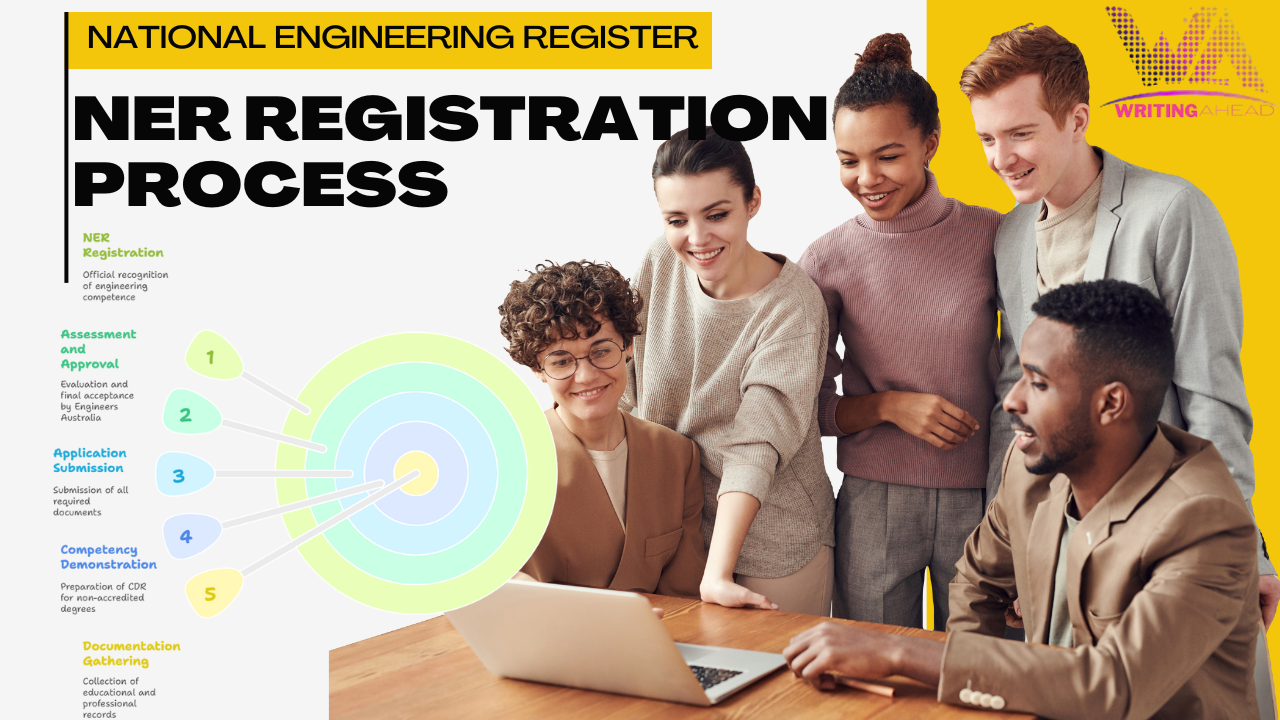
Planning to apply for the National Engineering Register (NER)? Learn what documents you need, how to prepare them, and tips to get your application approved by Engineers Australia.
What Is the National Engineering Register (NER)?
The National Engineering Register (NER) is a respected directory managed by Engineers Australia. It lists engineers who demonstrate high standards of professional competence, ethics, and ongoing development.
To join, applicants must submit several key documents that prove their experience, skills, and commitment to professional growth.
What Documents Are Required for NER Application?
To apply for the NER, you must submit five essential documents:
1. Work Experience Statement
This is the most critical part of your application.
You must:
-
Provide detailed examples of engineering work you’ve performed
-
Cover technical competencies, leadership, and ethical decision-making
-
Use the STAR format (Situation, Task, Action, Result)
Tips:
-
Focus on your personal contributions, not the team’s
-
Use recent projects (ideally within the last 5–7 years)
-
Ensure you include both technical and managerial responsibilities
2. Continuing Professional Development (CPD) Record
Engineers Australia requires a minimum of 150 hours of CPD over the past 3 years.
Your CPD record must include:
| CPD Type | Examples |
|---|---|
| Formal Training | Courses, certifications, webinars |
| Informal Learning | Industry reading, technical articles |
| Conferences and Seminars | Workshops, panels, guest lectures |
| Industry Involvement | Mentoring, speaking engagements |
| Private Study | Research or project-based learning |
Tips:
-
Use a tabular format showing dates, activity, provider, duration, and learning outcomes
-
Ensure your record covers multiple learning types
3. Referee Reports (Two Required)
Referees play a key role in validating your work.
Referee Requirements:
-
Must be senior engineers (preferably Chartered or NER-registered)
-
Should have direct knowledge of your work
-
Must confirm your technical competence and ethical behavior
Tips:
-
Choose referees from different projects or roles
-
Brief them in advance so their reports align with your application
4. Current Resume or CV
Your professional CV must:
-
Outline your education, employment history, roles, and responsibilities
-
Match your Work Experience Statement in dates and content
-
Emphasize key projects, technical leadership, and professional development
Tips:
-
Keep it concise and factual (ideally 2–3 pages)
-
Include achievements and outcomes, not just tasks
5. Proof of Engineering Qualifications
You must upload scanned copies of your academic certificates, such as:
-
Bachelor’s degree (Washington Accord for Professional Engineers)
-
Advanced Diploma or Associate Degree (Dublin Accord for Associates)
-
Engineering Technology qualifications (Sydney Accord)
Note: If your qualifications are from outside Australia, they may require an official assessment by Engineers Australia.
Summary: NER Application Document Checklist
| ✅ Required Document | 📌 Purpose |
|---|---|
| Work Experience Statement | Demonstrates your engineering skills and competencies |
| CPD Record (150+ hours) | Shows your commitment to ongoing learning |
| Two Referee Reports | Validates your experience and ethics |
| Updated Resume or CV | Summarizes your roles, education, and projects |
| Academic Qualifications | Confirms your eligibility based on education |
Common Mistakes to Avoid
-
❌ Using generic or team-based examples in your Work Experience Statement
-
❌ Submitting CPD logs without dates or outcomes
-
❌ Selecting referees who don’t know your work closely
-
❌ Inconsistent timelines between resume and experience reports
-
❌ Forgetting to include qualification documents or unofficial copies
Conclusion: Be Thorough and Strategic
To get listed on the National Engineering Register, you must submit clear, structured, and authentic documentation that highlights your competence as an engineer.
✔️ Start early
✔️ Gather the right examples
✔️ Choose strong referees
✔️ Align all your documents for consistency and impact